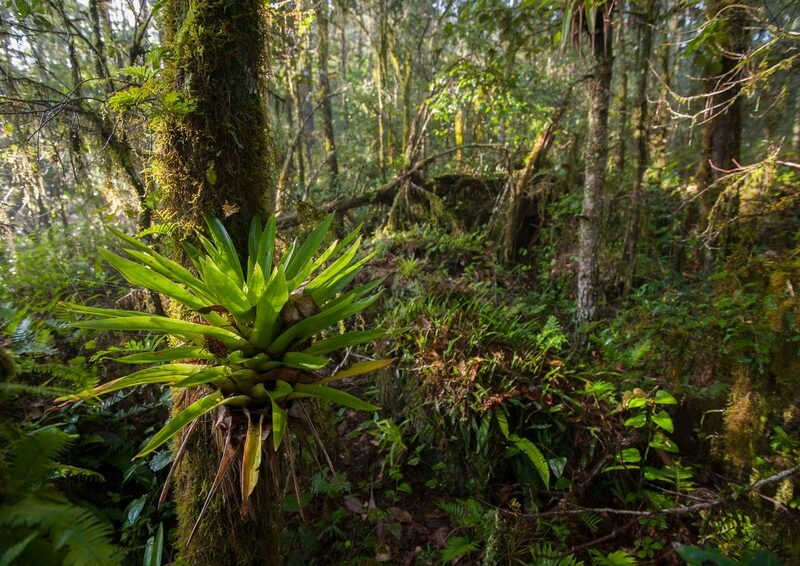Bell's False Brook Salamander
Species Data
Class: Amphibia
Order: Caudata
Family: Plethodontidae
Scientific Name: Isthmura bellii
IUCN Red List status: Vulnerable
IUCN Species Range Map
Description
Bell’s False Brook Salamander is the largest lungless salamander, with a length of up to 36cm. It has a long tail and dramatic black and red-orange patterns along its back, which usually take the form of paired rows of markings. The intensity of the markings varies between the two sub-species. Its tongue is projectile.
Lungless salamanders are the largest group of salamanders, with over 370 species known. To respire, they rely on gas exchange through their skin and the mucus membrane in their mouth and throat, so these surfaces need to stay moist at all times for them to get enough oxygen.
Behaviour
The Bell’s False Brook Salamander lives on land, liking to hide under logs and burrows and also in leaf litter. It is nocturnal and its diet is mostly made up of insects.
As with many salamanders, these amphibians reproduce by direct development, so there is no free-living aquatic stage like the tadpole of the frog. The female lays a clutch of at least 20 large eggs on land and in due course a miniature adult hatches from each one.

Habitat
The Bell’s False Brook Salamander is endemic to Mexico, and lives mostly along the southern and western edges of the central Mexico plateau. It prefers pine forests at high altitude, along with stands of mixed pine and oak, but will also use degraded forest and coffee plantations, even occurring close to urban areas.
Threats and Conservation
The IUCN classifies the Bell’s False Brook Salamander as Vulnerable, because populations have recently declined by an estimate of over 30%. It has one main range area and in addition there are a number of outlying isolated populations.
These salamanders seem to be disappearing at a faster rate than habitat destruction alone would explain, so further research is needed to take effective conservation action for them.
Protected by these WLT Projects
References
Encyclopaedia Britannica https://www.britannica.com/animal/lungless-salamander
Encyclopedia of Life http://eol.org/pages/330508/details
